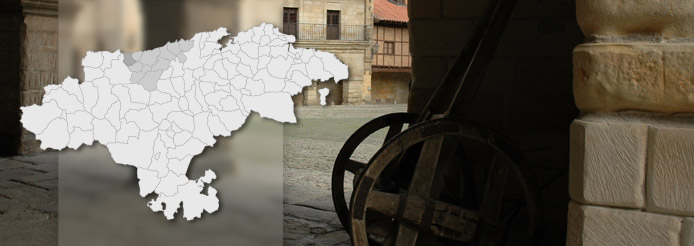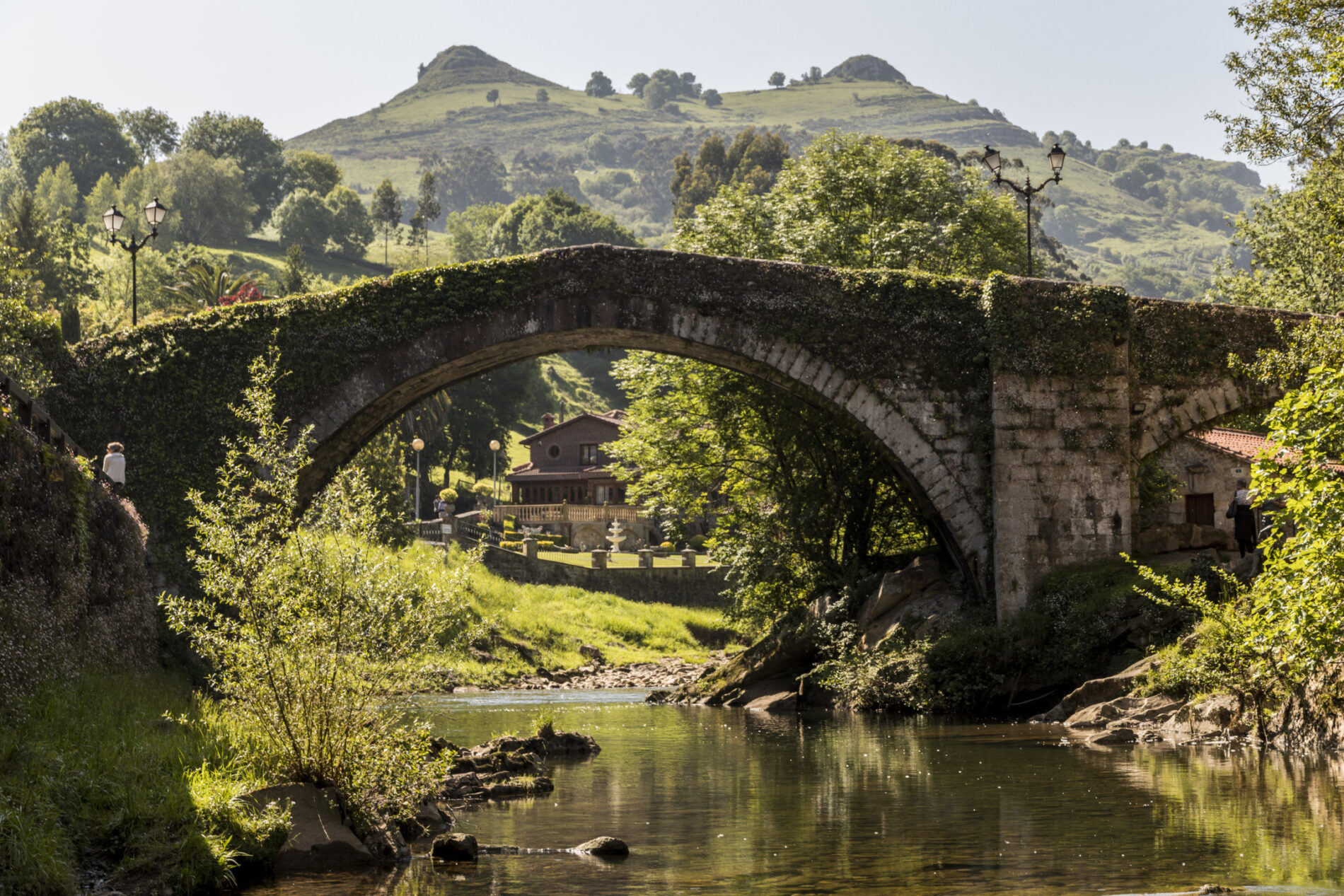Comillas
Localities within the municipality
Comillas
| Comillas |
| La Rabia |
| Rioturbio de Comillas |
| Rubarcena |
| Ruiseñada |
| Trasvia |

Noble and aristocratic town nestled upon gentle hills that shelter its beautiful beach and its secluded harbor.
Comillas recorded its first settlements in prehistoric times, as evidenced by the caves of La Meaza, with Paleolithic cave paintings dating back 14,000 years. They were discovered in 1907. Archaeological sites of a medieval castle in Peñacastillo have also been found within its territory.
From later periods and perfectly integrated into its surroundings, the cemetery (located on the ruins of a 15th-century church) constitutes one of its most peculiar symbols, presided over by Llimona’s outstanding modernist sculpture: «The Angel.»
The old square, the parish church, and some houses in the town center are an excellent example of 18th-century popular architecture. The rest of the notable buildings date from the late 19th and early 20th centuries, a time when Comillas enjoyed its maximum economic and social splendor, favored by the initiative of Antonio López y López, an indiano emigrant to Cuba and founder of the great shipping company «La Trasatlántica.» His financial power and his friendship with the Crown earned him the title of the first Marquis of Comillas, a title granted to him by Alfonso XII in 1882.
The impetus that the Marquis of Comillas gave to his native town reached its peak in the summers of 1881 and 1882, with the presence of the monarchs, the Court, and the Government. On September 6, 1981, a Council of Ministers was even held in the town.
During one of these royal vacations, the Marquis had the first public lighting in Spain installed. In the Sobrellano area, he built the Sobrellano Palace – in the Neo-Gothic style – which was designed by Martorell and Domenech i Muntaner. Next to it is the pantheon chapel in the same style, and very close by, the modernist palace of the brilliant Catalan architect Antonio Gaudí, called «El Capricho«. Opposite this architectural complex and on the Cardosa hill stands the Pontifical University, in the Neo-Gothic style with Mudéjar influence. Its construction was also at the expense of Antonio López y López and is distinguished by its monumentality and its characteristic reddish color. It also boasts excellent wooden coffered ceilings.
The second Marquis created the Pontifical University, although the building was erected by the Jesuits. Don Claudio offered it to the Pope, who granted it the title of Pontifical. Currently, the Comillas Foundation is a non-profit private organization, created in 2005. Its main objective is the start-up, development, and management of a center of excellence dedicated to the promotion and specialized teaching of the Spanish language and culture.
Native town of numerous bishops and archbishops, Comillas is known as the «Villa of the Archbishops». It was also the birthplace of other illustrious men such as Jesús Cancio, the poet of the sea.
The town has a fine sandy beach near the fishing port. Due to the ecological interest of its coastline, it is included in the Oyambre Natural Park.
The most popular and crowded festivals of Comillas are those held between July 15th and 18th on the occasion of the Cristo del Amparo (Christ of Protection).









